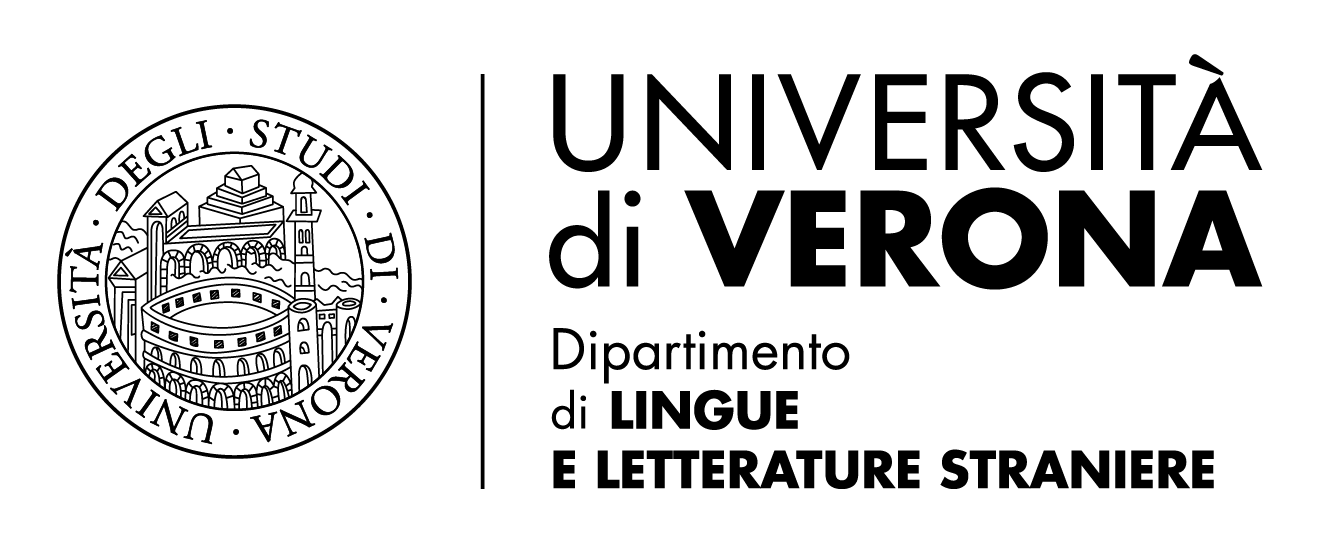Dostoevsky’s ‘boulevard’ novel. The influence of the boulevard press on Devils
DOI:
https://doi.org/10.13136/1013-2309/1476Abstract
By the time Dostoevsky began work on Besy in early 1870 revolution was in the air. The Nechaev affair had shown how close Russian tensions had come to violence. War in Europe was imminent and within a year would lead to the overthrow of the French Second Empire and the Paris Commune. But, more insidiously, another revolution was taking place in front of Dostoevsky’s eyes – the revolution in the press. Across Europe, reader demographics were changing. Literacy was beginning to spread into urban factory workers, shopkeepers and merchants. Women were becoming important consumers of fiction and fashion. The provincial reader market was becoming increasingly relevant as distribution improved. As demographics changed, so did the product. The 1860s saw the introduction of a new format which was to revolutionise not just the shape of the product but its content as well – the boulevard newspaper. Launched in France in 1863 with Le Petit Journal, the format had been copied almost immediately in the Russian market by Afanasiev with Peterburgsky listok. In his novel Besy Dostoevsky uses a technique of ‘disconnectedness’, bringing together disparate elements of content and style which appear only loosely connected as its narrative emblem. Sensationalism and randomness and are both descriptors of the society Dostoevsky describes and hallmarks of the way in which he constructs the text.This chaotic appearance is a quite deliberate technique to create a narrative which resonated with multiple different audiences by borrowing the newspaper techniques of the faits divers.
Keywords: Devils; History of the Press; Boulevard Newspapers; Fait divers; Narratology
Downloads
Published
Issue
Section
License
Authors must attend to the following conditions:
- Authors will retain copyright of their work but give the journal first publishing rights. Articles will be simultaneously licensed by a Creative Common License - Attribution - No Commercial Use that permits other researchers to share the work by indicating the author’s intellectual property and its first publishing in this journal not for commercial use.
- Authors can adhere to other license agreements not exclusive to the distribution of the published version of their work (for example: include it in an institutional archive or publish it in a monograph) as long as they indicate that it was first published in this journal.
- Authors can disseminate their work (for example in institutional repositories or on their personal website) before and during the submission procedure, as it can lead to advantageous exchanges and citations of the work (see also, The Effect of Open Access).
If you have questions, you may contact:
or
dostoevsky-studies@ateneo.univr.it




